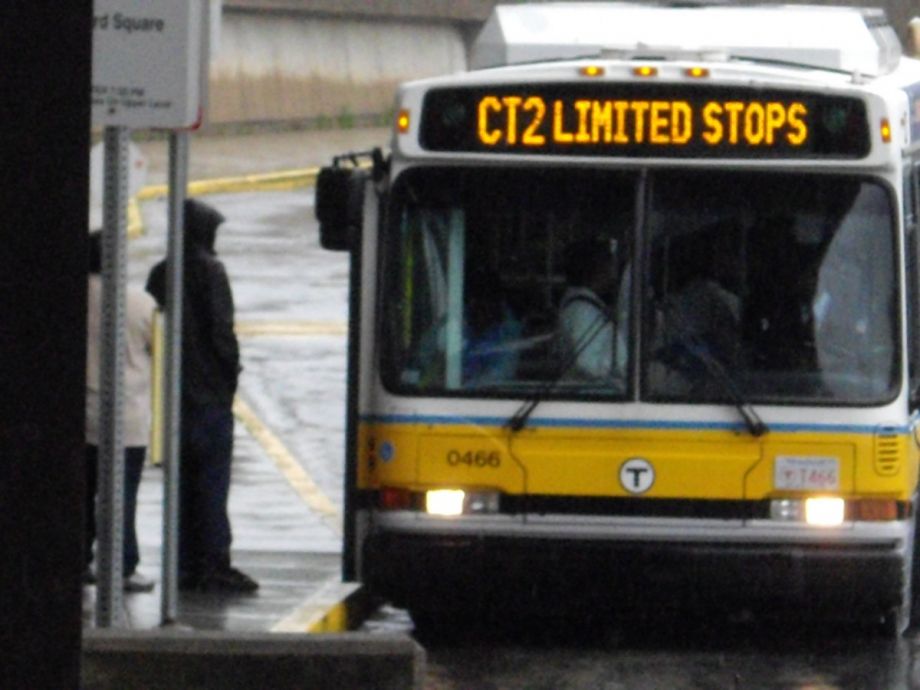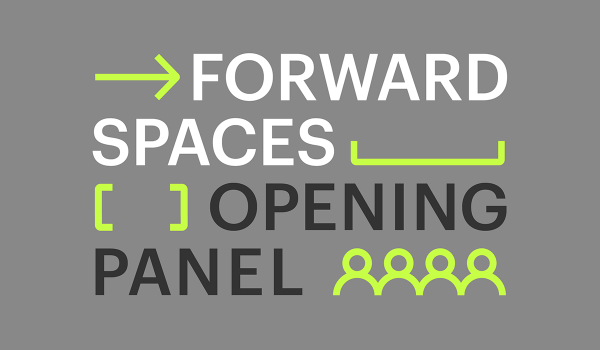Welcome to “The Mobile City,” our weekly roundup of noteworthy transportation developments.
USDOT Fact Sheets Reveal How States Will Benefit from Increased Transit Funding
Of course, a bill as huge as the five-year, $1.2-trillion Infrastructure Investment and Jobs Act signed into law by President Biden Nov. 15 will deliver benefits to every one of the 50 states and the District of Columbia. But how much benefit will vary from state to state. A report in Mass Transit examined the factors the U.S. Department of Transportation used to determine how to divvy up the portion of the $1.2 trillion devoted to public transit.
For starters, every state will get at least 31 percent more money in the first year of the cycle than it got from the transit portion of the funding bill it replaced, the Fixing America’s Surface Transportation Act (FAST Act). The District of Columbia will see the greatest percentage increase, 52 percent, while ten states will see increases of at least 40 percent. From largest to smallest percentage, they are: Vermont, Wyoming, Alaska, Maine, New York, Illinois, North Dakota, Pennsylvania, Massachusetts and New Hampshire.
On average, American transit riders spend 77.5 percent more time commuting by transit than by car. Strategic spending could change that. Today, the five states with the highest time penalty: Wyoming (150.3 percent), Idaho (150.2), Nevada (133.9), Connecticut (130.4) and Rhode Island (120.1). Arkansas transit users spent the least amount of extra time riding (31.3 percent).
Transit vehicle fleets are in the worst shape in Maine, where 49 percent of vehicles are past their useful life; South Dakota, 47.2 percent, and Mississippi, 40.7 percent. They’re in the best shape in the District of Columbia (5 percent), Nevada (5.1 percent) and Georgia (7.3 percent). On average, 21.5 percent of transit vehicles nationwide are past their useful life.
The Federal Transit Administration estimates the bill will reduce the transit maintenance backlog by 15 percent.
Individual fact sheets for each of the 50 states and District of Columbia are available on the USDOT website.
Cities Aren’t Waiting to Come Up with Ways to Spend the Money
In contrast to 2009, when a big infrastructure bill meant to counter the effects of the housing market collapse came with much talk of “shovel-ready projects” and reviews to make sure projects were ready to go, no such worries accompany this infrastructure bill. On the contrary, as Smart Growth America notes in its assessment of the bill’s strengths and weaknesses, “this money is flowing out the door already.”
Over the course of the last week, reports of at least three projects that would tap the federal funding stream surfaced.
The one that’s already funded is in Rhode Island, where WLNE-TV (ABC6) reports that the Rhode Island Public Transportation Authority (RIPTA) has received a $900,000 grant to advance development of new transit routes connecting Central Falls, Providence and Warwick. These funds come from a Federal program called RAISE (Rebuilding American Infrastructure with Sustainability and Equity), which offers more flexibility in awarding money for transportation projects than traditional USDOT funding programs allow. The routes, which serve a high-demand corridor that includes one of the Ocean State’s most economically depressed cities, are included in a 20-year master plan called “Transit Forward RI 2040.”
Two others are in the idea stage, both of them in Kansas City. One, KMBC reports, is an east-west route that would run between the University of Kansas Medical Center in Kansas City, Kan., and the Truman Sports Complex on the Missouri side. According to the report, local governments on both sides of the state line are discussing what streets the line would use and the type of vehicles that will service it; while an all-streetcar route is out, streetcars might still operate part of the service. The City of Kansas City, Mo., is seeking bids to conduct a study of alternatives, which would take a year to complete. Local officials anticipate using federal infrastructure bill funds to help pay for the line’s construction.
The other one is a little more fanciful: a proposal being pushed by the Unified Government of Wyandotte County and Kansas City, Kan., that would connect the downtowns of the two Kansas Cities using an aerial tramway that would run “from bluff to bluff” over the West Bottoms. The Kansas City Star’s report on this proposal says that officials in KCK see this as a way to put the smaller Kansas City’s downtown back on the map as well as restore inter-city connections that had fallen by the wayside since World War II.”Such a mode of transportation would no doubt prove a destination in itself, allowing locals and tourists alike to see Kansas City from a new vantage point,” Star reporter Kevin Hardy wrote. “But [Gunnar] Hand [director of planning and urban design for the Unified Government] said it could also connect currently separate bike and pedestrian trails in Kansas and Missouri. And it would make it easier for workers and residents to reach the much more affordable real estate in downtown Kansas City, Kansas.” This proposal has yet to reach even the study stage, but the article notes that both Kansas Cities would have to commit to it to make it a reality — and that the new infrastructure bill could help pay for it.
San Bernardino Seeks to Tap State Surplus to Build LIght-Rail Extension
Light-rail advocates in San Bernardino County, California, aren’t waiting for federal infrastructure money to flow in order to get something built. The Inland Valley Daily Bulletin reports that they want to tap a more immediately available source of funds in order to extend the LA Metro L (formerly Gold) Line into the county: A $31 billion state budget surplus for the fiscal year.
The Foothill Gold Line Construction Authority, which is building an extension of the Los Angeles-to-Azusa light rail line eastward nine miles to Pomona that’s set to open in 2025, also wants to take the line a little further east, to Montclair, just inside San Bernardino County. As the local funding for the line’s construction comes from a sales tax in Los Angeles County, the authority has to turn to other sources to take it beyond that county.
“With this announcement, there will be more funding for transit, which would be great. It makes us even more hopeful,” Habib Balian, CEO of the construction authority, told the Daily Bulletin.
But given past history, Balian and the contractors can’t count on getting some of this money. The extension beyond Pomona to Claremont and Montclair was a contract option in the original Foothill Gold Line extension project, but higher prices for steel and labor kept the authority from exercising it.
It would have cost the authority $570 million to build the additional 3.3 miles to Montclair under the contract option. Backers failed to convince Sacramento to break off a piece of a $71 billion state surplus last year to fund the extension, and the option expired on Oct. 7 of this year.
The authority is seeking new bids to build the Montclair extension, which it estimates will now cost $670 million. Bids are expected by the end of December. As of now, none of this year’s surplus has been earmarked, and Gov. Gavin Newsom is saying that he may rebate some of it to taxpayers.
Should the authority receive the funding, work on the further extension could begin as early as the end of 2022, and the line would be completed by 2027, in time for the 2028 Olympic Games in Los Angeles.
Know of a development that should be featured in this column? Send a Tweet with links to @MarketStEl using the hashtag #mobilecity.

Next City contributor Sandy Smith is the home and real estate editor at Philadelphia magazine. Over the years, his work has appeared in Hidden City Philadelphia, the Philadelphia Inquirer and other local and regional publications. His interest in cities stretches back to his youth in Kansas City, and his career in journalism and media relations extends back that far as well.
Follow Sandy .(JavaScript must be enabled to view this email address)
















